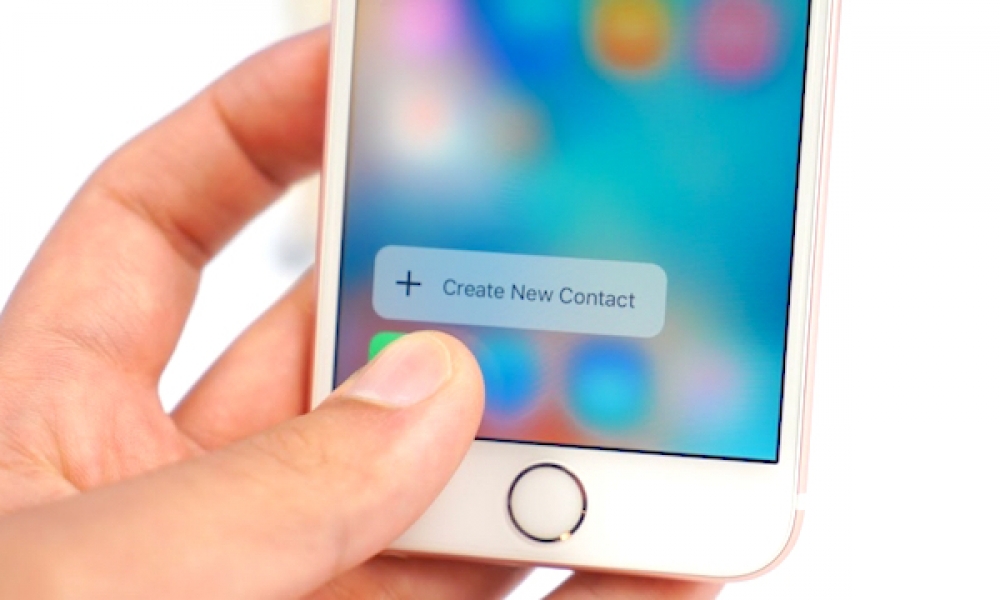25% of Smartphones Released in 2016 Are Expected to Feature a Force Touch Style Display

Toggle Dark Mode
Embedded within the displays of Apple’s iPhone 6s, 6s Plus, and the company’s Watch — in addition to the trackpads of the most recent MacBook line — is the highly-acclaimed, revolutionary new Force Touch technology. Enabling the display to distinguish between different levels of pressure sensitivity, for example, a light tap as opposed to a hard press, Force Touch has gone on to become one of the major selling features of Apple’s latest mobile handset.
In light of that, perhaps unsurprisingly, we can almost assuredly expect to see similar display technologies be employed by other handset manufacturers as we progress into the new year, right? After all, Apple has a notorious tendency to “set the stage,” so to speak, when it comes to developing new standards that are ultimately adopted by its rivals.
 As a matter of fact, Huawei’s Mate S handset already features a very similar technology. However, as opposed to the device discerning between and responding to various levels of pressure, Huawei’s variation acts based upon how long — temporally speaking — the display is pressed.
As a matter of fact, Huawei’s Mate S handset already features a very similar technology. However, as opposed to the device discerning between and responding to various levels of pressure, Huawei’s variation acts based upon how long — temporally speaking — the display is pressed.
To that end, market analysts at technology research firm IHS have predicted that shipments of Force Touch modules similar to Apple’s will increase by 317% (or 461 million units) next year, and will more than likely be employed in high-end and mid-range smartphones that are launched next year. IHS has already made a clear position in regards to the fact that Apple’s use of Force Touch on the company’s Watch, as well as 3D Touch on its latest handsets, is the reason why manufacturers plan to include the feature on their own devices moving forward.
As you might imagine, this is the primary reason that such an increase in production of Force Touch modules has taken effect in the supply chain.
According to Calvin Heisch, director of touch and user interface research for IHS, shipments of in-cell and on-cell panels will account for 40% of all mobile phone touch panel deliveries this year — a number that’s expected to reach 50% by 2018. In-cell and on-cell displays enable manufactures to employ thinner touch panels, which will only increase the variations in Force Touch technology used by manufacturers around the world.
So what do you think? Will Force Touch displays on other handsets encourage you to jump ship? Or will you stay true to the original and best iteration of the technology on Apple’s iPhone for years to come?
Learn More: Apple Files Patent for Futuristic Force Touch Mac Keyboard
[The information provided in this article has NOT been confirmed by Apple and may be speculation. Provided details may not be factual. Take all rumors, tech or otherwise, with a grain of salt.]






